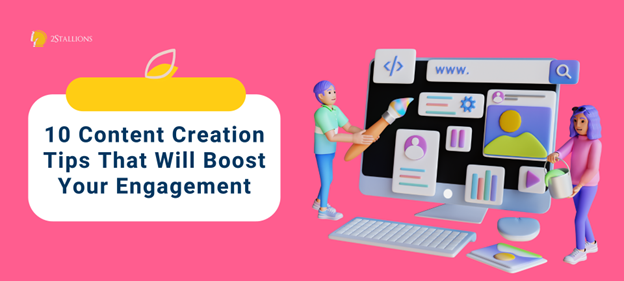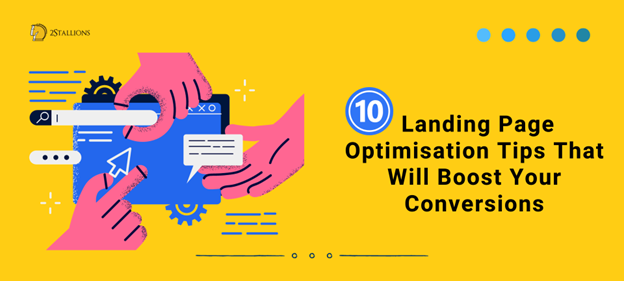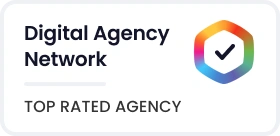Content
SHARE

Ad monetisation plays a pivotal role in the financial success of many online businesses. It refers to the process of generating revenue through advertisements placed on a website, app, or other digital platforms. This article will focus on the details of ad monetisation, providing a comprehensive understanding of its various facets, strategies, and implications in the digital marketing landscape.
Ad monetisation is a complex multifaceted process, with a wide range of strategies and techniques employed by marketers to maximise advertising revenue. It’s a crucial aspect of digital marketing, which has become increasingly important in the age of the internet and digital technology. In the following sections, we will explore the different aspects of ad monetisation, including its principles, strategies, and techniques, as well as its role in the broader context of digital marketing.
Principles of Ad Monetisation
The principles of ad monetisation are rooted in the basic concept of advertising: to promote a product or service to a target audience. In digital marketing, this involves placing ads on a digital platform (such as a website or app) to generate revenue. This revenue is derived from the number of views or clicks the ad receives, although other factors can come into play.
One of the key principles of ad monetisation is the idea of ‘value exchange’. This notion means that advertisers pay for the opportunity to present their ads to the platform’s audience, in exchange for the value that the audience provides in terms of potential sales or brand exposure. The more valuable the audience is perceived to be (in terms of purchasing power, engagement, or demographic characteristics), the more advertisers are willing to pay for ad space.
Cost Per Click (CPC)
Cost Per Click (CPC) is a common method of ad monetisation in digital marketing. In this model, the advertiser pays a fee each time a user clicks on their ad. A variety of factors can determine the paid-per-click:
- Competitiveness of the keyword associated with the Ad
- Quality of the Ad
- The Ad display platform.
CPC is a popular choice for advertisers as it directly links the cost of the ad to the engagement it receives. This means, advertisers only pay when a user has shown enough interest in the ad to click on it, which is a more cost-effective approach than paying for impressions (views) alone.
Cost Per Impression (CPM)
Cost Per Impression (CPM), also known as cost per mille, is another common method of ad monetisation. In this model, the advertiser pays a fee for every 1,000 impressions (views) their ad receives. This method is often used for brand awareness campaigns, where the goal is to reach as many people as possible, rather than to drive specific actions (like clicks or conversions).
CPM is often used in conjunction with other ad monetisation strategies, such as CPC or Cost Per Action (CPA). This allows advertisers to balance spending between reaching a wide audience (through CPM) and driving specific actions (through CPC or CPA).
Strategies for Ad Monetisation
There are numerous strategies that can be employed to maximise ad monetisation to increase the effectiveness of the ads, thereby increasing revenue generation. The combination of strategies include:
- Choosing the right Ad format
- Targeting the right audience
- Optimising the Ad placement
- The Ad design
One of the key strategies for ad monetisation is audience targeting. This involves identifying the characteristics of the audience that is most likely to engage with the ad and then targeting the ad to this audience.
This action can be done through :
- Demographic targeting (based on age, gender, location, etc.)
- Behavioural targeting (based on browsing habits, purchase history, etc.)
- Contextual targeting (based on the content of the website or app where the ad is displayed).
Ad Formats
The format of the ad is another important factor in ad monetisation. Different ad formats have different levels of effectiveness, depending on the context and the audience. Examples of the most common ad formats in digital marketing:
- Display Ads (banners or pop-ups)
- Video Ads
- Native Ads (blend in with the content of the website or app)
- Interactive Ads (engage the user in some way).
Choosing the right ad format can be a complex process, involving a consideration of the platform, the audience, and the goals of the ad campaign. For example, video ads may be more effective on a platform with a younger audience, while display ads may be more suitable for a platform with a more mature audience.
Ad Placement
The placement of the ad on the website or app is another crucial factor in ad monetisation as it affects the visibility of the ad, the engagement it receives, and ultimately, the revenue it generates.
Common ad placements:
- Above the fold (visible without scrolling), below the fold (requires scrolling to view), and in-content (embedded within the content of the website or app).
Ad placement should be carefully considered concerning the user experience. While placing an ad in a prominent position can increase its visibility, it can also disrupt the user experience if it is too intrusive. Therefore, a balance must be struck between maximising ad visibility and maintaining a positive user experience.
Implications of Ad Monetisation
Ad monetisation has significant implications for advertisers and publishers in the digital marketing landscape. For advertisers, it provides a cost-effective way to reach a large audience and promote their products or services. For publishers, it offers a source of revenue that can support the creation and maintenance of their digital platforms.
However, ad monetisation also presents challenges. For advertisers, it can be difficult to measure the effectiveness of their ads and to ensure the reach of the right audience. For publishers, it can be challenging to balance the need for revenue with the desire to provide a positive user experience. Furthermore, the rise of ad-blocking technology and increasing concerns about privacy and data security adds further complexity to the ad monetisation landscape.
Ad-Blocking Technology
Ad-blocking technology is a significant challenge for ad monetisation. This technology allows users to block ads from appearing on their devices, which reduces the revenue generated from ads. While some users may choose to use ad-blocking technology to improve their browsing experience, others may do so out of concern for privacy or data security.
Despite the challenges posed by ad-blocking technology, some strategies can be used to mitigate its impact.
- Creating high-quality ads that provide value to the user.
- Offering an ad-free version of the website or app for a fee.
- Use native ads that blend in with the content of the website or app that are less likely to be blocked.
Data Privacy and Security
Data privacy and security are increasingly important considerations in ad monetisation. The rise of targeted advertising relies on collecting and analysing user data, therefore concerns about data privacy and security have grown. This has led to increased regulation, such as the General Data Protection Regulation (GDPR) in the European Union, which places strict requirements on how user data can be collected and used.
Ensuring data privacy and security is not only a legal requirement but also a key factor in maintaining user trust, leading to the crucial success of ad monetisation. With a trusted website or app, users are more likely to engage with ads and less likely to use ad-blocking technology.
Conclusion
Ad monetisation is a complex multifaceted aspect of digital marketing, with a wide range of strategies, techniques, and implications. It plays a crucial role in the financial success of many online businesses, providing a source of revenue that supports the creation and maintenance of digital platforms. However, it also presents challenges, including the rise of ad-blocking technology and increasing concerns about data privacy and security.
Despite these challenges, ad monetisation remains a key component of the digital marketing landscape. Advertisers and publishers can maximise their advertising revenue whilst navigating the complexities of the ad monetisation landscape by understanding its principles, strategies, and implications.
Ad Monetisation FAQs
What is ad monetisation?
Ad monetisation refers to generating revenue by allowing advertisers to display ads on a website, app, or other digital platforms. This can include various forms of advertising such as display ads, video ads, native ads, and sponsored content.
How can websites effectively monetise their traffic?
Websites can effectively monetise traffic by using ad networks to place relevant ads, employing direct ad sales to attract higher-paying advertisers, implementing affiliate marketing, and offering subscription models or paid content to complement ad revenue.
What factors should be considered when choosing an ad monetisation strategy?
Factors to consider include the target audience’s preferences and behaviours, the website’s traffic volume and engagement levels, the type of content offered, and the balance between maximising revenue and maintaining a good user experience to avoid high bounce rates.
How do ad networks help in monetising traffic?
Ad networks act as intermediaries between advertisers and publishers, helping to manage the ad space inventory of websites and match it with advertisers’ needs. They simplify the process for publishers to find relevant ads and for advertisers to find suitable platforms for their campaigns, often using automated tools to optimise placement and revenue.












